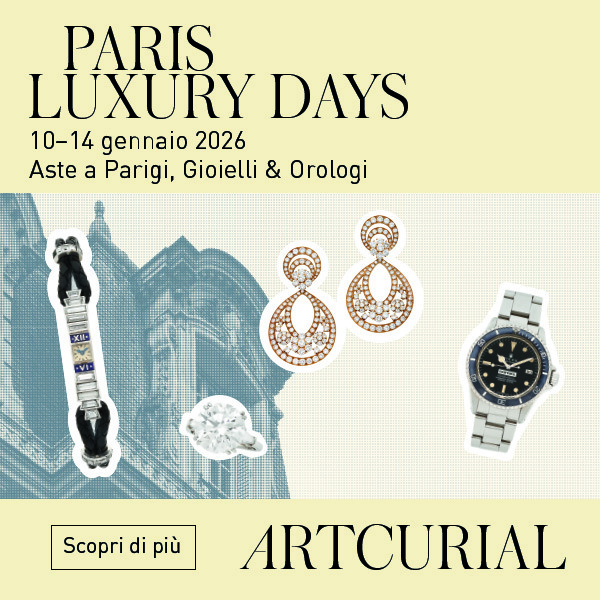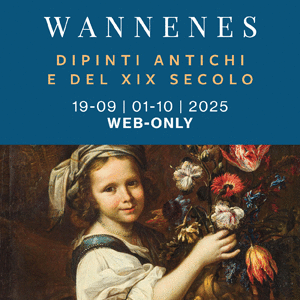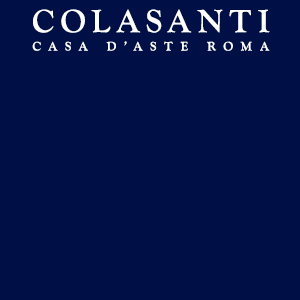Bo Ju Gui: an important Chinese archaic bronze
31 October to 22 November 2013
 Giuseppe Eskenazi is renowned for handling Chinese objects of the greatest rarity and quality but the bronze vessel to be exhibited at his gallery from 31 October to 22 November 2013 is exceptional even by his high standards. Known as the Bo Ju gui, it dates from circa 1050-975 BC, early Western Zhou period, and is one of the most important Chinese bronzes to come on the market in the past twenty years. Its exhibition coincides with Asian Art in London (31 October to 9 November), the annual event that unites London’s Asian art dealers, major auction houses and societies in a series of selling exhibitions, auctions, receptions, lectures and seminars, attracting collectors from around the globe.
Giuseppe Eskenazi is renowned for handling Chinese objects of the greatest rarity and quality but the bronze vessel to be exhibited at his gallery from 31 October to 22 November 2013 is exceptional even by his high standards. Known as the Bo Ju gui, it dates from circa 1050-975 BC, early Western Zhou period, and is one of the most important Chinese bronzes to come on the market in the past twenty years. Its exhibition coincides with Asian Art in London (31 October to 9 November), the annual event that unites London’s Asian art dealers, major auction houses and societies in a series of selling exhibitions, auctions, receptions, lectures and seminars, attracting collectors from around the globe.
Giuseppe Eskenazi says of this extraordinary vessel: ‘When I published my memoirs A Dealer’s Hand that recorded many of the marvellous archaic Chinese bronzes that have passed through the gallery’s doors, I would never have expected that a year later I would be privileged to handle a vessel that overshadows them all in historical importance’.
Junyao
Eskenazi will also present sixteen exquisite pieces of Jun ware which is often described as one of the ‘Five Classic Wares’ (wu da yao) of the Song dynasty (960-1279). The name ‘Jun’ is derived from the kiln near Juntai terrace within the north gate of what was the Yuzhou prefecture in Henan province where the ceramics were produced from the end of the Northern Song period (960-1127) to the Ming dynasty (1368-1644). Jun ware has been much admired over the centuries by both Chinese and Western connoisseurs for the beauty of its glaze that ranges from a classic thick opalescent sky blue to various mottled and streaked effects in tones of mauve, lavender and plum and also green.
 Each piece in the Eskenazi exhibition has an impeccable provenance, and several have had distinguished previous owners such as Martine-Marie-Pol de Béhague, Comtesse de Béarn (1869-1939), Lord Cunliffe (1899-1963), Brodie Lodge (1880-1967) and his wife Enid, Hans Popper (1904-1971), and Arthur M. Sackler (1913-1987).
Each piece in the Eskenazi exhibition has an impeccable provenance, and several have had distinguished previous owners such as Martine-Marie-Pol de Béhague, Comtesse de Béarn (1869-1939), Lord Cunliffe (1899-1963), Brodie Lodge (1880-1967) and his wife Enid, Hans Popper (1904-1971), and Arthur M. Sackler (1913-1987).
However, the works that are particularly fascinating are the flower-pots that were once used in the personal retreat of the Chinese emperor. These wares were displayed in buildings within the Forbidden City and this exhibition includes a group of four glazed stoneware flowerpots, or jardinières, all dating from the Ming dynasty. One of these was later incised with characters indicating its place of use in the 18th century: ‘the Palace of Established Happiness; for use in the Hall of Concentrated Radiance’. This palace complex was commissioned by the Qianlong emperor in the early 1740s as a new set of living quarters for himself near the north-west corner of the Forbidden City as a personal retreat, away from the ardours and duties of his role as emperor. The original buildings were destroyed in a disastrous fire in June 1923, but the palace was reconstructed in 2005 by the China Heritage Fund.
This is the first exhibition at Eskenazi to focus on a single ware and the range of shapes and beauty of the glaze will enable visitors to appreciate why these pieces have always been so prized.










